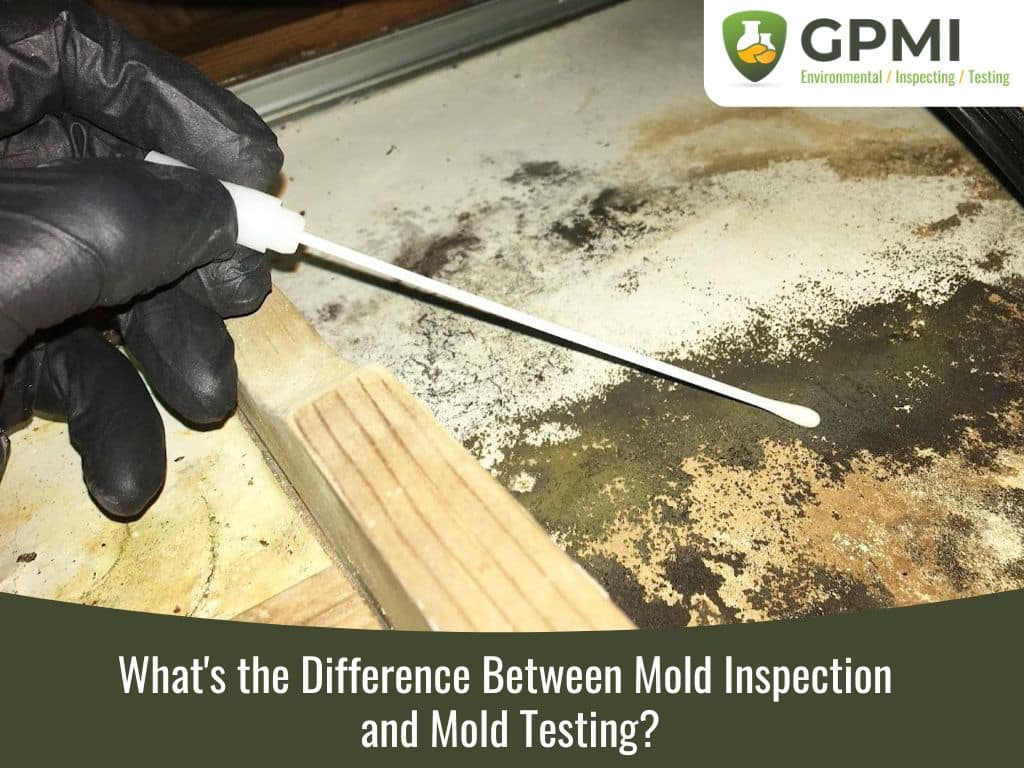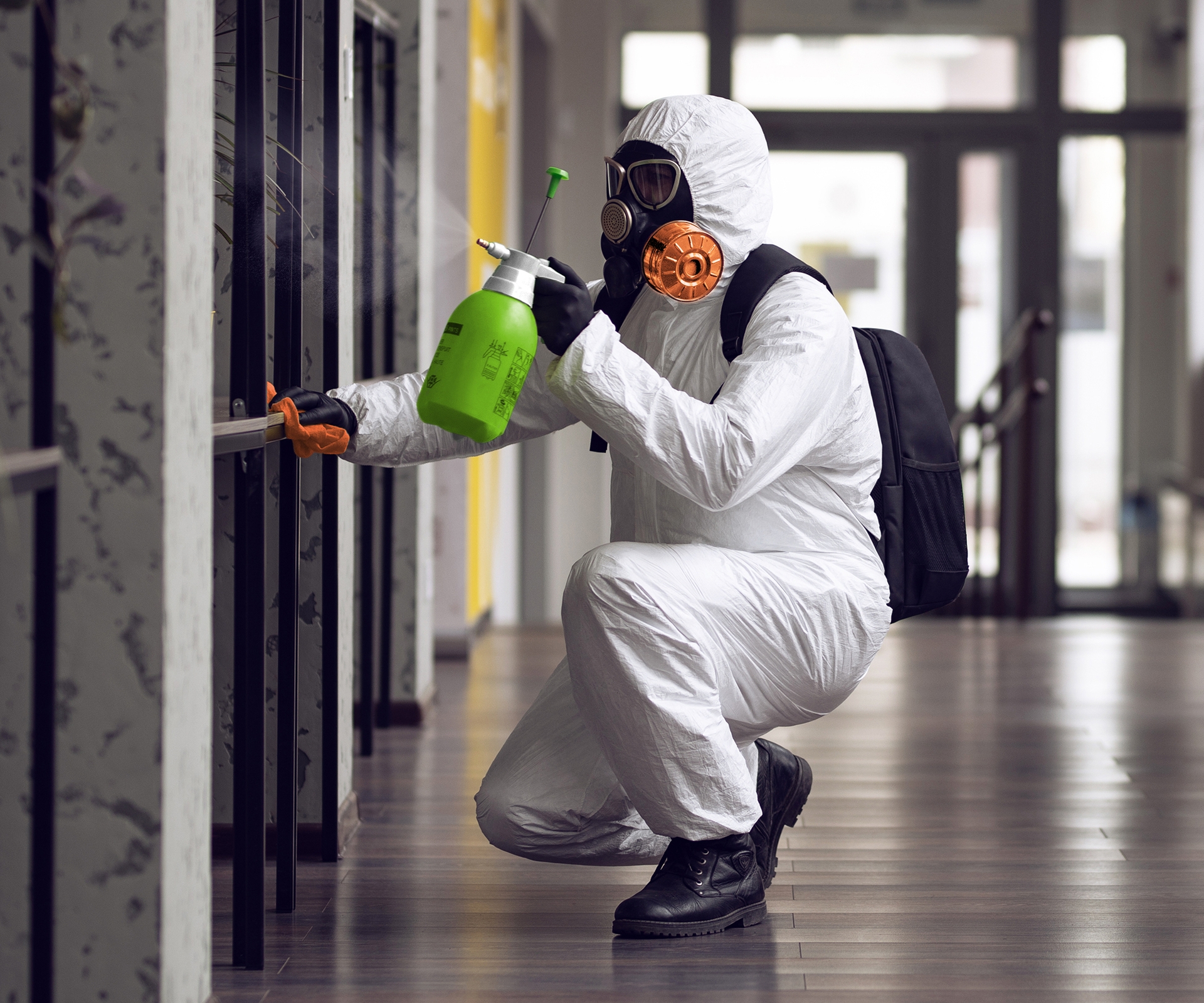Testing Air Quality After Mold Remediation
Wiki Article
Expert Tips for Message Mold Removal Success
In the world of mold removal, effectively removing mold is only half the fight; the real obstacle depends on avoiding its reappearance. Post-remediation initiatives play a critical role in making sure a mold-free setting in the long-term. By sticking to skilled pointers and ideal methods, individuals can protect their spaces against mold and mildew rebirth and keep a healthy and balanced interior atmosphere. It is in this stage of the removal process that interest to detail and proactive measures absolutely make a distinction.
Display Humidity Degrees Regularly
After completing mold removal treatments, keeping optimal humidity levels is important to protect against mold re-growth and guarantee a healthy indoor atmosphere. High moisture degrees over 60% create a conducive atmosphere for mold and mildew to flourish, making normal checking a proactive measure to prevent any type of future mold and mildew problems.Making use of hygrometers or dampness meters can assist in properly gauging moisture degrees in various locations of the property. These devices provide real-time information that makes it possible for removal specialists to make enlightened choices pertaining to air flow, dehumidification, and other required actions to maintain ideal moisture degrees post-remediation. Furthermore, establishing a routine timetable for moisture checks, particularly in high-risk areas such as cellars, bathrooms, and cooking areas, is a proactive strategy to mold and mildew avoidance. By continually keeping track of humidity levels, residential property owners can successfully minimize the danger of mold reoccurrence and keep a healthy interior environment post-remediation.
Conduct Thorough Inspections Post-Remediation
Following the completion of mold and mildew removal treatments, it is necessary to conduct detailed inspections to verify the performance of the remediation process. These post-remediation examinations are important in making certain that the mold and mildew concern has been effectively dealt with which there is no reappearance or continuing to be mold and mildew development. Inspections must be executed by qualified professionals who have experience in recognizing mold and mildew and assessing interior air top quality.Throughout these examinations, numerous approaches such as aesthetic analyses, air tasting, and surface area sampling may be employed to extensively review the remediated locations. Aesthetic evaluations include a comprehensive evaluation of the facilities to look for any visible indicators of mold and mildew growth or water damage. Air tasting aids in figuring out the air-borne mold spore levels, while surface area sampling can discover mold particles on surface areas.
Implement Appropriate Ventilation Strategies
After making certain the effectiveness of the mold removal procedure through comprehensive examinations, the next critical action is to focus on applying appropriate air flow methods. Adequate air flow is crucial in protecting against mold and mildew reoccurrence by managing moisture levels and promoting air flow.
Appropriate air flow not just help in protecting against mold development yet likewise adds to the general health and wellness and comfort of residents. By making sure appropriate air flow throughout the building, you can reduce the danger of mold regrowth and develop a healthier living setting. Routine upkeep of air flow systems, including cleansing and filter substitutes, is essential to maintaining effective air flow. Consulting with a/c specialists can give further insights right into enhancing air flow methods for your specific residential or commercial property needs.

Usage Mold-Resistant Products for Repairs
To enhance the long-term performance of mold and mildew removal efforts, including mold-resistant materials for repair work is crucial in minimizing the danger of future mold growth. Mold-resistant products are created to withstand wetness and inhibit mold and mildew development, making them a necessary choice for locations prone to moisture and moisture. When repairing locations influenced by mold, making use of products such as mold-resistant drywall, mold-resistant paints, and mold-resistant caulking can aid protect against mold reoccurrence.Mold-resistant drywall is an outstanding alternative to conventional After mold remediation drywall in locations like cellars and shower rooms where dampness degrees are greater. This kind of drywall has an unique covering that withstands mold growth even when subjected to damp conditions. Furthermore, utilizing mold-resistant paints consisting of antimicrobial representatives can additionally prevent mold advancement on ceilings and walls.
In areas where dampness is usual, such as washrooms and cooking areas, using mold-resistant caulking around windows, sinks, and tubs can help secure out water and protect against mold and mildew from taking hold in cracks and holes. By spending in these mold-resistant materials during fixings post-remediation, you can dramatically minimize the possibility of future mold concerns and maintain a healthier interior environment.
Maintain Tidiness and Address Water Issues
Guaranteeing sanitation and quickly dealing with water concerns are basic practices to maintain in safeguarding indoor areas from mold and mildew reinfestation. After mold and mildew remediation, it is essential to maintain a clean environment to stop the regrowth of mold (what to do after mold remediation). Routine cleansing, dusting, and vacuuming can aid remove any kind of lingering mold and mildew spores and stop them from clearing up and multiplying. Additionally, keeping interior spaces dry and resolving any water problems without delay is vital in mold and mildew prevention. Leaks, water invasion, or high moisture degrees can create the ideal breeding place for mold and mildew, so it is crucial to fix any type of water-related issues immediately.To keep tidiness, consider utilizing HEPA filters in vacuum cleaners and air cleansers to catch mold and mildew spores and stop their blood circulation airborne. Guaranteeing proper ventilation in areas vulnerable to moisture build-up, such as kitchen areas and restrooms, can help keep moisture degrees in check. By staying watchful about cleanliness and resolving water concerns immediately, you can efficiently prevent mold and mildew reinfestation and preserve a healthy and balanced indoor environment.
Verdict

In the realm of mold remediation, effectively getting rid of mold and mildew is only half the battle; the true difficulty exists in stopping its reappearance. After finishing mold remediation procedures, preserving ideal moisture degrees is crucial to prevent mold re-growth and guarantee a healthy indoor atmosphere. High humidity degrees above 60% produce a favorable setting for mold and mildew to grow, making normal keeping track of a proactive step to stop any type of future mold and mildew problems.
To improve the long-lasting efficiency of mold and mildew removal efforts, integrating mold-resistant products for fixings is essential in reducing the danger of future mold development. After mold remediation, it is essential to maintain a clean setting to avoid the regrowth of mold.
Report this wiki page